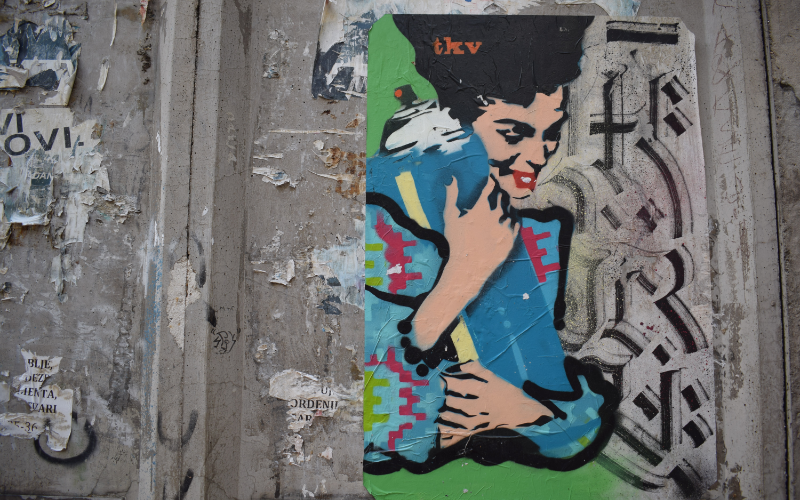
BBC recently placed Belgrade among the five most creative cities in the world. Known for its vibrant nightlife and emerging startup ecosystem, the Serbian capital is becoming increasingly recognizable for its rich and interesting cultural scene.
The author of the article, Libby Banks, observed that the international art map is changing, so the buzziest, most artistic places on the planet are not the ones you might expect. A new generation of cultural hubs is emerging, away from the global financial centers. Belgrade is one of them.
According to the theory of an academic, Richard Florida, creativity helps urban development ‚ÄĒ artists move to inner-city areas, and the creative middle classes are drawn to these open minded communities. As the author of the article notes, Florida made the argument that big international art cities became victims of their own success, with inequality closely following creativity. Hence, it is predicted that the cultural life of Belgrade ‚ÄĒ as well as Mexico City, Sharjah, Dakar, and Bangkok ‚ÄĒ have a bright future.
Here’s what BBC wrote about Belgrade as a cultural hub:
Long cut off from the international movements, Belgrade is a hub for contemporary art in Europe once again. Serbia is in the process of ascension to the EU, and its capital city Belgrade is having a moment.
Fuelled by a vibrant youth culture, the city is fast becoming the world's top destination for nightlife thanks to a party scene that spans everything from gypsy folk to new-wave Serbian hip-hop. It is also a destination for Brutalist architecture aficionados.
One weakness turned to strength when it comes to Belgrade is the city's isolation from international art trends during the upheaval of the 1990s, which sustained the quality of local art schools and resulted in the distinctiveness of the artists' output. Design showroom Shamliza and the concept store Supermarket are places where visitors can glimpse at art, design, furniture, and fashion.
Belgrade's contemporary art biennale, October Salon, hosted the likes of Yoko Ono and exhibited works by Anselm Kiefer, Takashi Murakami, and Olafur Eliasson. Serbian artists of note who participated included Aleksandra Domanovińá, Ivan Grubanov, and Maja ńźorńĎevińá.
While Belgrade’s recently refurbished Museum of Contemporary Art displays much of the work created during the Yugoslav times, Belgrade’s galleries are increasingly focusing on new art that is being produced in Serbia now. Galleries including Drina and Eugster are recommended destinations to absorb the city’s vibrant creative scene. Artist-run spaces like U10 focus on nurturing local talent and giving them a global platform, while the abandoned brick factory Ciglana is the center for Belgrade's street-art scene.
An item to note is that Serbia's current prime minister, 44-year old Ana Brnabińá, the second female LGBT head of government in the world, gave a strong impetus to many projects including the refurbishment of the Museum of Contemporary Art, the National Museum, and many other projects.